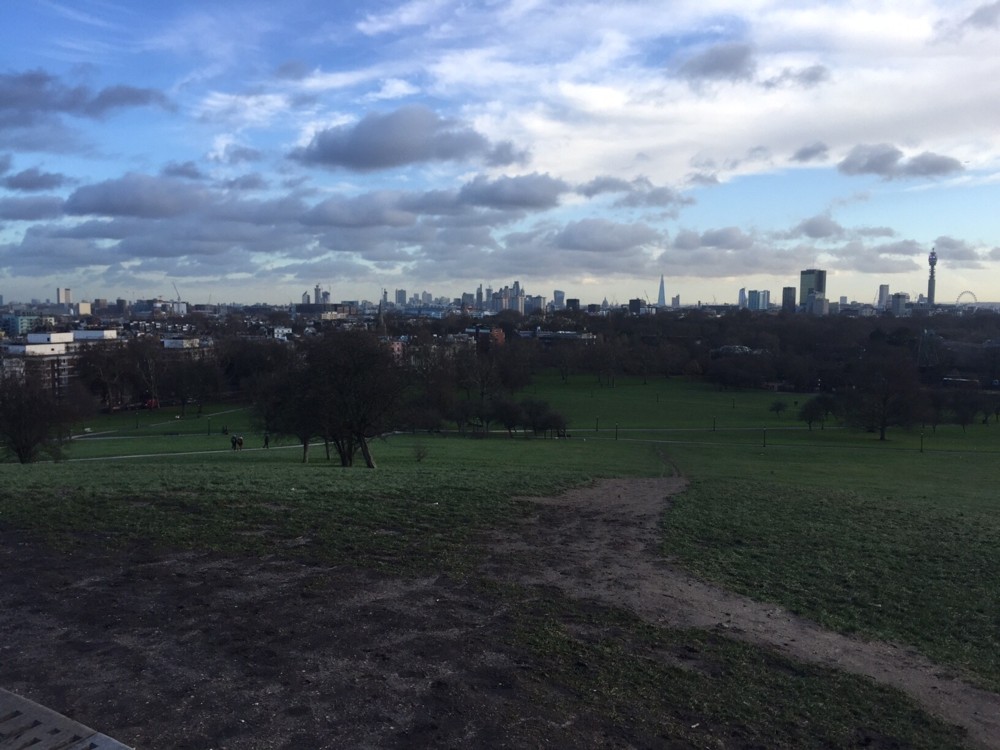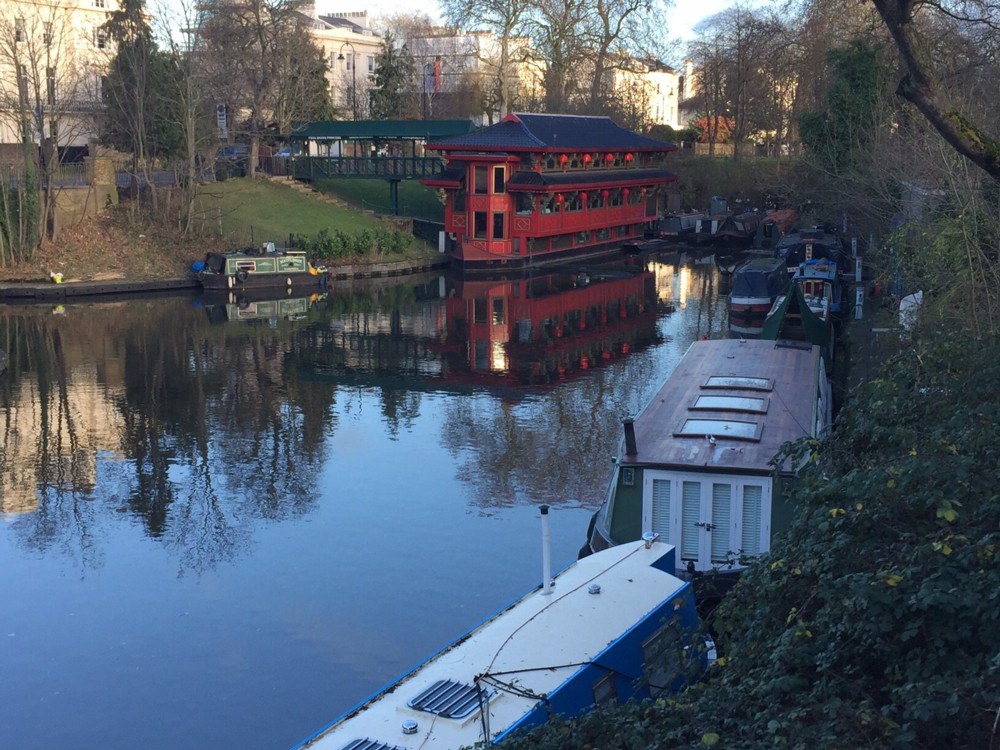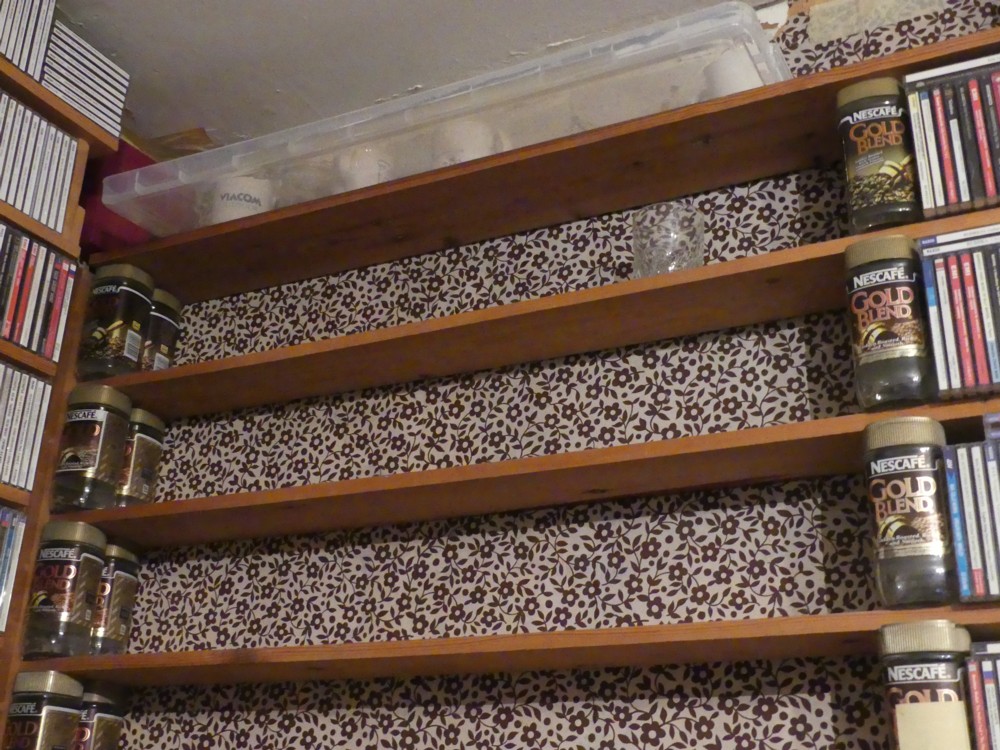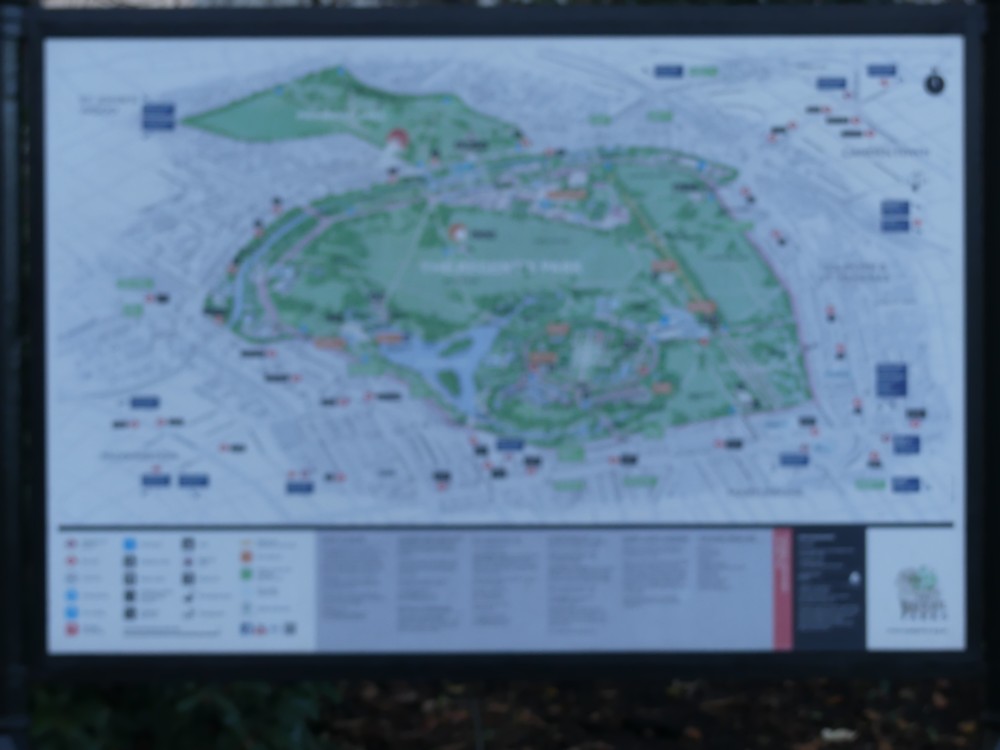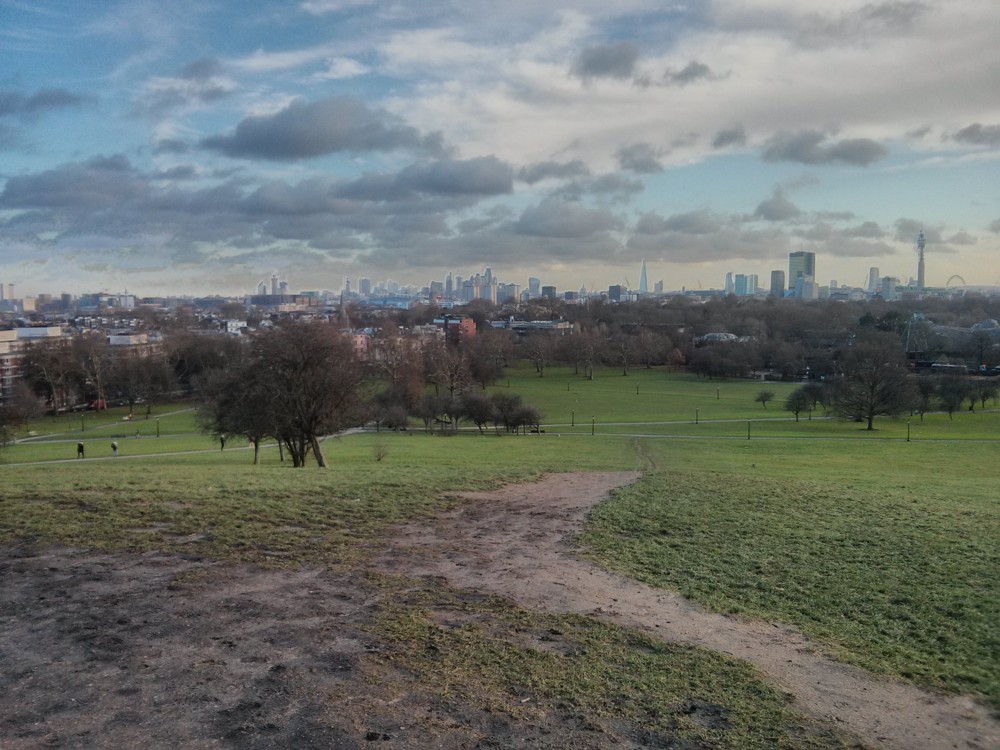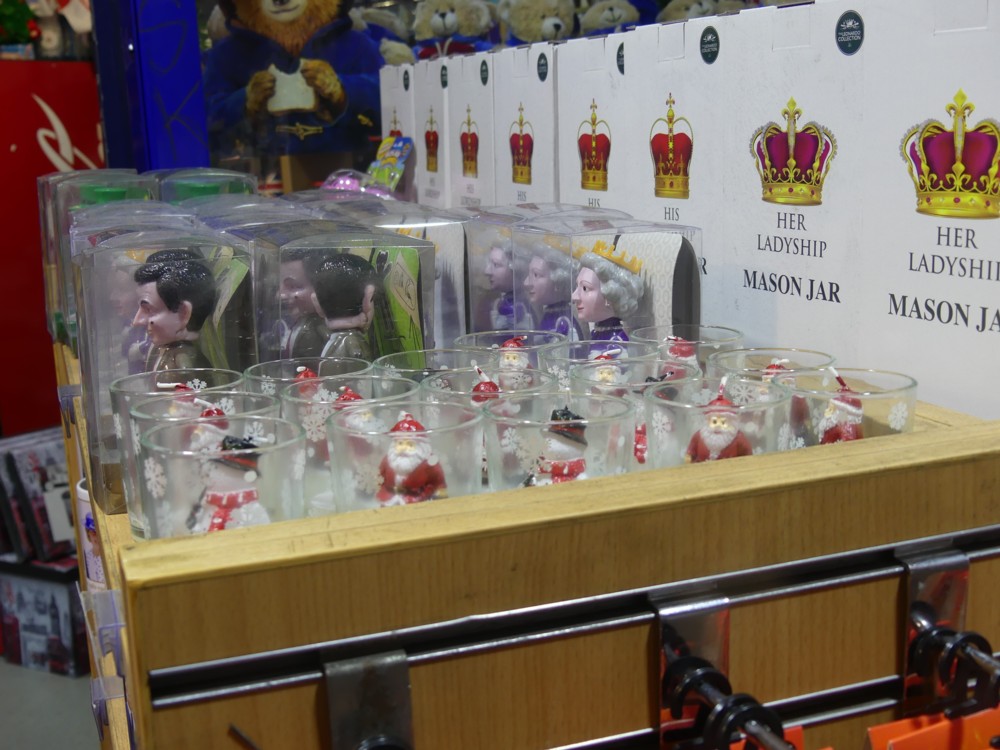GodDaughter2 and I recently went to the top of Primrose Hill. This was the day I had to switch to using my mobile phone to take photos, because I thought my regular camera had collapsed. (It was fine.)
With my mobile phone, I took two photos, which looked a lot like this …:
… and like this:
Those being photos of the exact same scenes – London, and the Feng Shang Princess respectively – that I took, but which GD2 took with her mobile phone. Her photos are technically better, probably because her mobile is an iPhone and a lot more recent than my manky old Google Nexus 4, which I have had for ages. But to me the more interesting thing is how different her London Big Things panorama looked to the one I took. In mine, the Big Things are all lit up, but her Big Things are all dark.
It was that kind of day. Photography is light and it is even better when the light fluctuates, and the same things looks quite different from moment to moment.
Which made it all the more frustrating that I thought my camera had stopped functioning. I took a tiny few photos with my mobile instead of lots with my regular camera. On the other hand, GD2 said she really enjoyed the walking and the talking we did that day. I believe that this is probably not coincidence.
GD2 also took very few photos. Mostly we walked, and talked.
This is why I prefer to photo alone. It’s not that I hate people, and I certainly don’t hate GD2. It’s just that me photoing all the time feels like me being bad company. And that afternoon rather confirms this. I didn’t photo much. And it seems I was good company.

